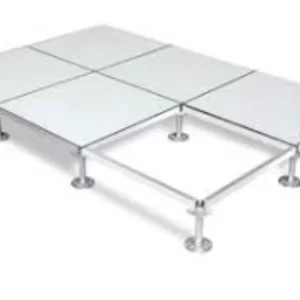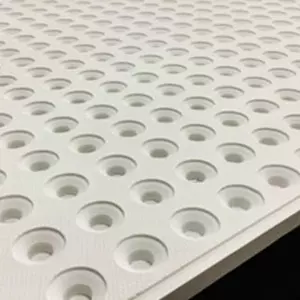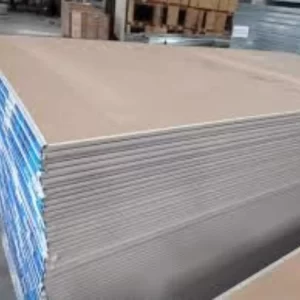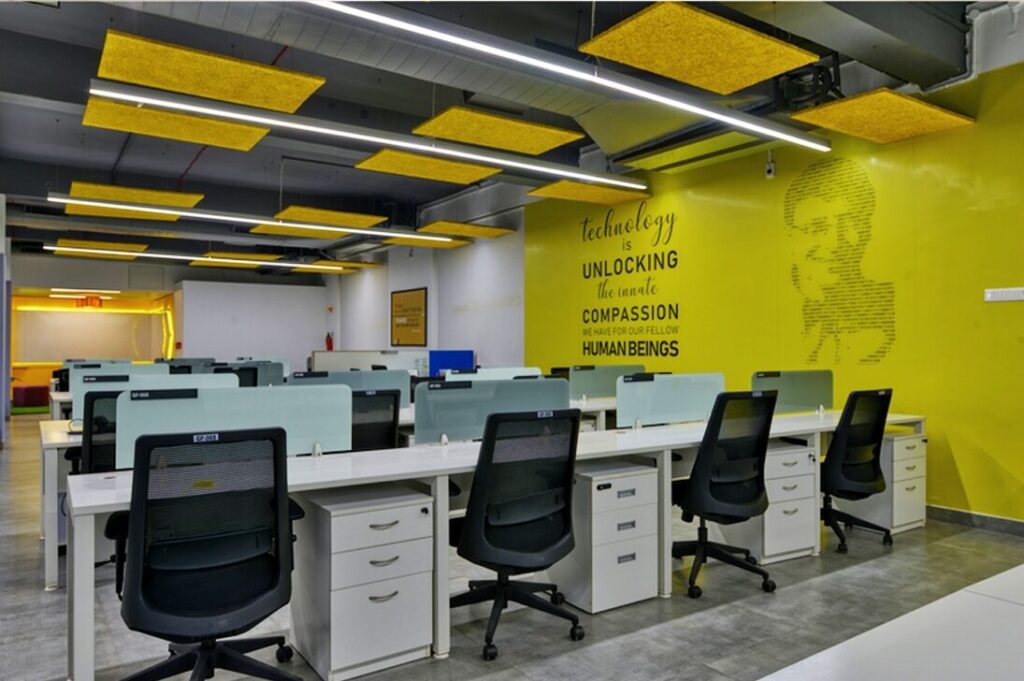How to Troubleshoot Raised Access Flooring Problems
Introduction
Troubleshoot Raised Access Flooring Problems is a versatile solution that offers numerous benefits in various environments, including offices, data centers, and server rooms. However, it is not exempt from potential problems that may arise over time. By understanding and troubleshooting these issues promptly, you can ensure the longevity and functionality of your raised access flooring system.

2. Understanding Raised Access Flooring
Before diving into the common problems and their solutions, it’s important to have a basic understanding of raised access flooring. This type of flooring consists of a series of floor panels supported by pedestals or understructure, creating an elevated platform. The space beneath the flooring allows for the distribution of mechanical, electrical, and data services, providing easy access and adaptability.
3. Common Problems with Raised Access Flooring
3.1 Loose or Uneven Floor Tiles
One of the most common issues with raised access flooring is loose or uneven floor tiles. This can occur due to improper installation, wear and tear, or movement of the understructure. Loose tiles not only affect the aesthetic appeal but can also pose a tripping hazard and compromise the structural integrity of the system.
3.2 Excessive Noise or Vibration
Excessive noise or vibration is another problem that can arise with raised access flooring. This can be caused by several factors, including loose floor panels, inadequate insulation, or improper load distribution. Excessive noise can disrupt work environments and impact the overall functionality of the space.
3.3 Air Leakage
Air leakage can occur when there are gaps or openings in the raised access flooring system. This can lead to inefficient cooling or heating, affecting energy efficiency and overall comfort. It is crucial to address air leakage promptly to maintain a controlled environment and minimize energy wastage.
3.4 Electrical or Data Connectivity Issues
Raised access flooring systems often accommodate electrical wiring and data cabling. Problems can arise when there are connectivity issues, such as power disruptions, data transmission errors, or faulty connections. These issues can significantly impact the performance and functionality of the equipment and systems reliant on the flooring infrastructure.
3.5 Moisture and Water Damage
Moisture and water damage can occur in environments where raised access flooring is exposed to leaks, spills, or high humidity levels. If not addressed promptly, moisture-related problems can lead to mold growth, corrosion of electrical components, and damage to the floor panels. It is essential to mitigate moisture-related issues to maintain a safe and healthy environment.
3.6 Accessibility Concerns
Accessibility concerns can arise if the raised access flooring system is not properly designed or maintained. This includes issues with wheelchair accessibility, compliance with building codes and regulations, and accommodating changes or upgrades to the floor layout. Ensuring accessibility is vital to meet the needs of all occupants and maintain compliance with accessibility standards.
3.7 Structural Integrity Problems
Over time, raised access flooring systems may encounter structural integrity problems, especially if subjected to heavy loads or insufficient maintenance. These issues can manifest as sagging or uneven flooring, compromised pedestals, or weakened support structures. Addressing structural integrity problems promptly is crucial to prevent further damage and ensure a safe working environment.
4. Troubleshooting Raised Access Flooring Problems
To troubleshoot raised access flooring problems effectively, consider the following steps:
4.1 Inspecting and Securing Floor Tiles
Regularly inspect the floor tiles for any signs of looseness or unevenness. Secure loose tiles by applying adhesive or replacing damaged ones. Conduct routine maintenance to ensure the flooring is stable and aligned correctly.
4.2 Addressing Noise and Vibration Issues
Identify the source of excessive noise or vibration, such as loose panels or inadequate insulation. Tighten loose panels, add additional insulation materials, or consult with a professional to determine the best course of action.
4.3 Sealing Air Leaks
Inspect the flooring system for gaps or openings that may be causing air leakage. Seal the gaps using appropriate sealants or gaskets to maintain proper environmental control and energy efficiency.
4.4 Resolving Electrical or Data Connectivity Problems
If you encounter electrical or data connectivity issues, check for loose connections, damaged cables, or faulty components. Ensure proper grounding and seek professional assistance if necessary to address complex electrical or data-related problems.
4.5 Managing Moisture and Water Damage
Prevent moisture and water damage by promptly addressing leaks, spills, or high humidity levels. Use moisture-resistant materials and consider applying coatings or sealants to protect the flooring from moisture-related issues.
4.6 Enhancing Accessibility
Evaluate the accessibility of the raised access flooring system and make necessary adjustments to comply with regulations and accommodate specific accessibility requirements. Consult with experts to ensure compliance and usability for all individuals.
4.7 Restoring Structural Integrity
In cases where structural integrity problems arise, consult with professionals experienced in raised access flooring systems. They can assess the extent of the damage and recommend appropriate repairs or replacements to restore the system’s integrity.
Conclusion – How to Troubleshoot Raised Access Flooring Problems
Raised access flooring offers numerous advantages, but it is crucial to address problems promptly to ensure optimal performance and longevity. By understanding the common issues associated with raised access flooring and following the troubleshooting steps provided, you can mitigate problems and maintain a functional and safe environment.
Frequently Asked Question- How to Troubleshoot Raised Access Flooring Problems
- Can I install raised access flooring myself?
Answer: While it is possible to install raised access flooring yourself, it is recommended to seek professional assistance for proper installation, especially for larger projects. Professional installers have the expertise and equipment to ensure accurate installation and minimize the risk of potential problems.
- How often should I inspect my raised access flooring system?
Answer: Regular inspections should be conducted at least once a year to identify any potential issues early on. Additionally, it is advisable to inspect the flooring system after any significant modifications or changes to the space it serves.
- What are the advantages of raised access flooring?
Answer: Raised access flooring provides flexibility, adaptability, easy access to utilities, enhanced aesthetics, and improved environmental control. It allows for efficient cable management, reduces the disruption caused by reconfiguration, and provides a future-proof solution for evolving technological needs.
- Can raised access flooring be used in outdoor spaces?
Answer: Raised access flooring is primarily designed for indoor use, as it is not typically built to withstand the elements and environmental factors associated with outdoor spaces. However, there are specialized raised access flooring systems available for outdoor applications.
- How long does a raised access flooring system typically last?
Answer: The lifespan of a raised access flooring system depends on various factors, including the quality of materials, maintenance, and usage. Generally, a well-maintained raised access flooring system can last for 20 to 30 years or more.
Other Products

Grg ceiling tiles

Gypsum boards

Magnesium oxide board
Contact Us
Mobile: +919008400701 / 705
Email: sales@jayswalgroup.com

Visit Us
Address:
#6, 10th B Cross, Jayswal Center, KHB Main Road, Kaveri Nagar, Kanakanagar, RT Nagar, Bangalore – 560032, Karnataka, India.
Other Websites: